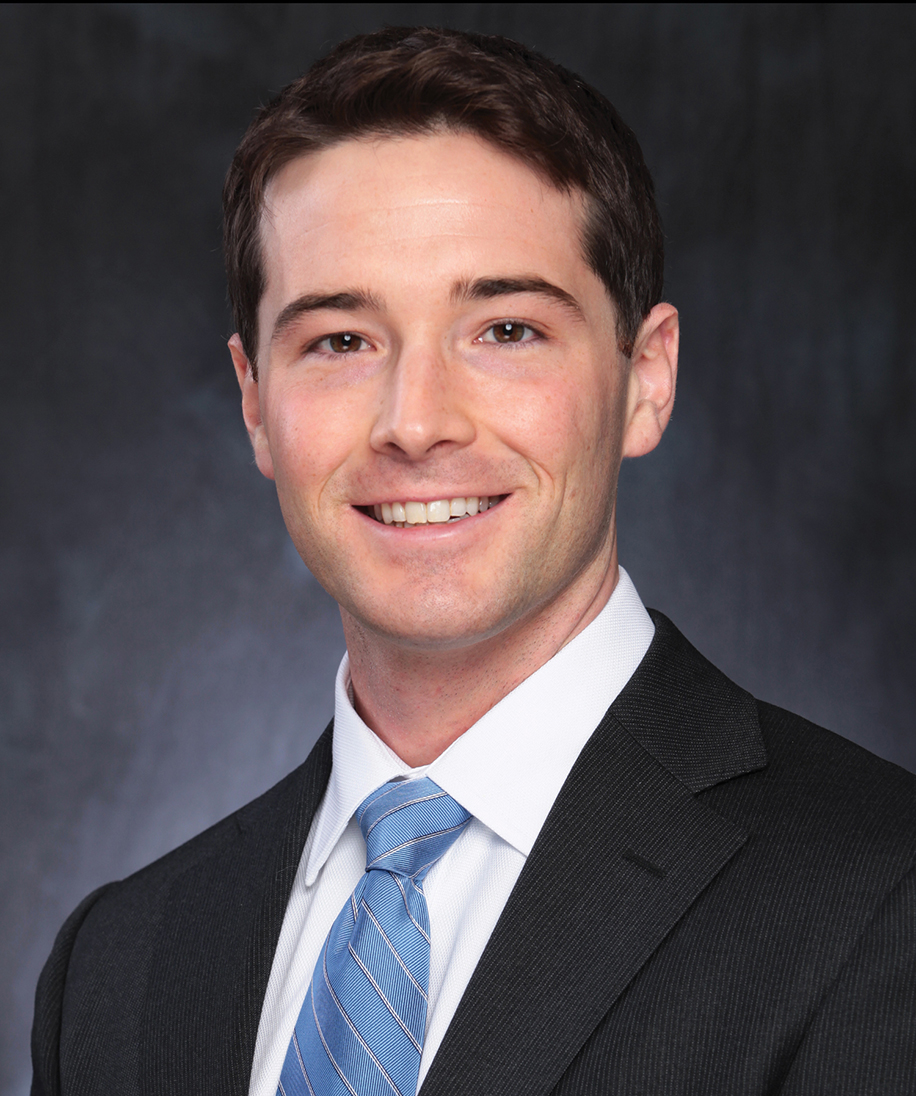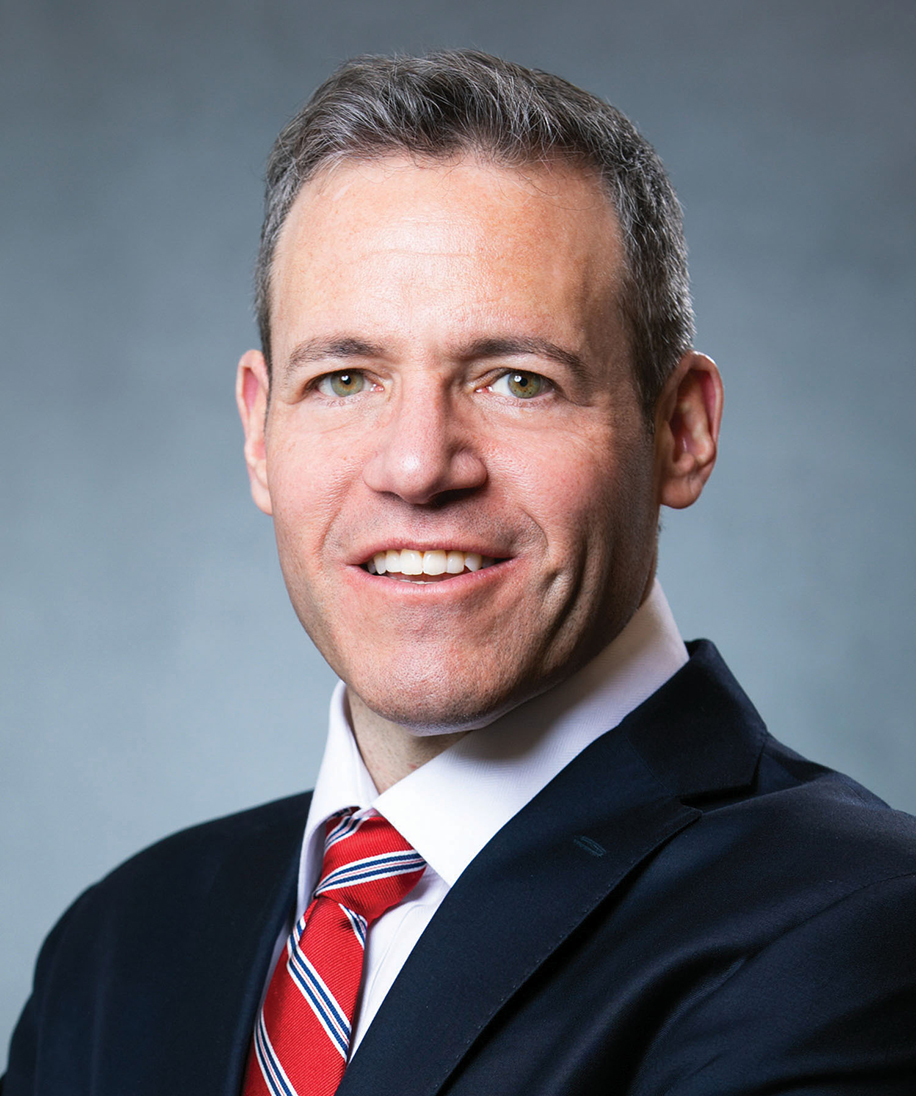Client Alert
Supreme Court Ruling in Alice v. CLS Bank Continues Framework for Patent Eligibility Set Forth in Mayo v. Prometheus
June 19, 2014
BY BRUCE M. WEXLER, ERIC W. DITTMANN, & MAX H. YUSEM
Today’s unanimous Supreme Court ruling in Alice Corp. v. CLS Bank Int’l, No. 13-298 (June 19, 2014), invalidating the claims at issue as patent-ineligible continues the framework for analyzing patent eligibility set forth in Mayo Collaborative Services v. Prometheus Laboratories, Inc., 132 S. Ct. 1289 (2012). Read the Supreme Court decision here and our prior analysis of the Federal Circuit opinion here. The Court reaffirmed that ideas alone are patent-ineligible, just as laws of nature were ineligible in Mayo, and that patent law requires the “application” of an idea. The Court discussed the concept in terms of an inventive “transformation” of a claimed idea or principle into patent-eligible subject matter. The Court also confirmed that the mere recitation of some structure in a patent claim does not render the claim per se eligible. The inquiry must run deeper than that. Below, we discuss the opinion and provide practical guidance for understanding and applying it. We also observe that Chief Judge Archer’s dissent in In re Alappat, written some 20 years ago, is now the rule of law in this area.
Following the framework established in Mayo, the Alice Court determined the claims at issue were drawn to the abstract idea of intermediated settlement to reduce risk in transactions, which was a “fundamental economic practice.” Slip Op. at 7-10. Because of this, the Court searched for an “inventive concept” sufficient to “transform” the claimed abstract idea into patent-eligible subject matter. Id. Noting that “Mayo itself is instructive,” the Court found that claiming an abstract idea and adding the words “apply it with a computer” (i.e., a generalized statement of structure) cannot impart patent eligibility. Slip Op. at 13. Finally, the Court considered the steps of the claim “as an ordered combination,” but found it “add[ed] nothing that is not already present when the steps are considered separately.” Slip Op. at 15. Viewed as a whole, the claims simply recited the concept of intermediated settlement as performed by a generic computer and did not improve the functioning of the computer itself or any other technology. Id. Thus, neither requiring generic computer implementation of an abstract idea nor limiting the use of the idea to a particular environment will be enough to provide patent eligibility under § 101. Slip Op. at 13.
While this decision addressed abstract economic ideas, it is now clear that the mere recitation of some structure in a patent claim is not the dispositive test for patent eligibility, continuing the eligibility test established in Mayo v. Prometheus. The invention must reside in the application of ideas and principles, rather than the law of nature, natural phenomena, or abstract idea themselves. Although this can raise grey areas in particular cases, the arguments cannot simply be about whether or not structure appears in the patent claim. Our prior article, analyzing Prometheus, explain the methods of analysis, and those methods hold true in light of Alice. Read a detailed discussion here.
Today’s opinion slots in with a long history of preexisting Supreme Court case law concerning patent eligibility, in both the life sciences and hi-tech fields, in a consistent manner to build out the framework for analysis. Lower courts, litigators, patent prosecutors, patent owners and accused infringers should indeed be able to make sense of this complicated area of law by considering that framework carefully.
***
If you have any questions concerning these developing issues, please do not hesitate to contact the following Paul Hastings lawyer:
Bruce M. Wexler
1.212.318.6020
brucewexler@paulhastings.com
Download a PDF of the Client Alert
Paul Hastings LLP
StayCurrent is published solely for the interests of friends and clients of Paul Hastings LLP and should in no way be relied upon or construed as legal advice. The views expressed in this publication reflect those of the authors and not necessarily the views of Paul Hastings. For specific information on recent developments or particular factual situations, the opinion of legal counsel should be sought. These materials may be considered ATTORNEY ADVERTISING in some jurisdictions. Paul Hastings is a limited liability partnership. Copyright © 2014 Paul Hastings LLP.
IRS Circular 230 Disclosure: As required by U.S. Treasury Regulations governing tax practice, you are hereby advised that any written tax advice contained herein or attached was not written or intended to be used (and cannot be used) by any taxpayer for the purpose of avoiding penalties that may be imposed under the U.S. Internal Revenue Code.
Contributors


